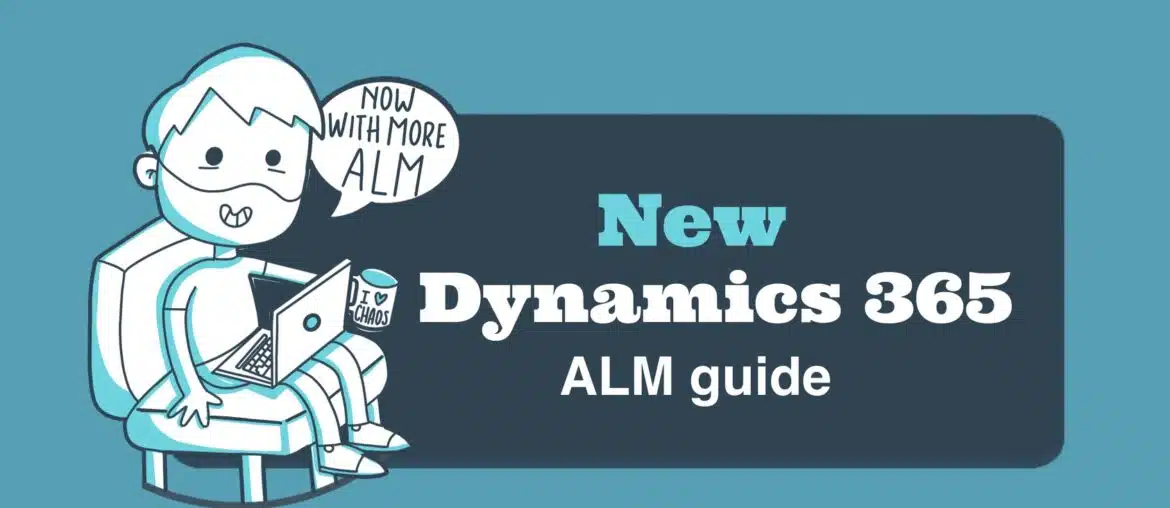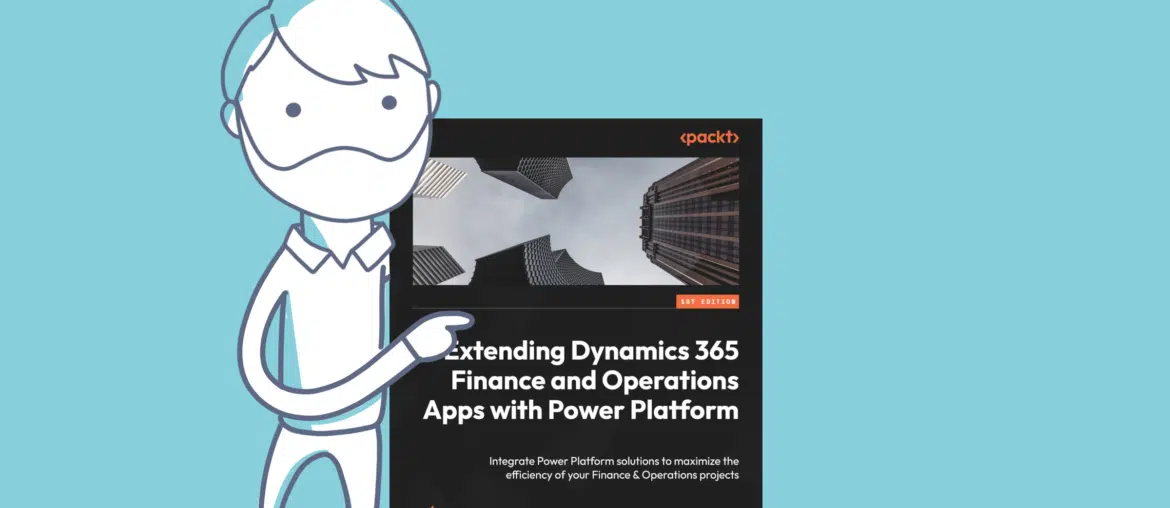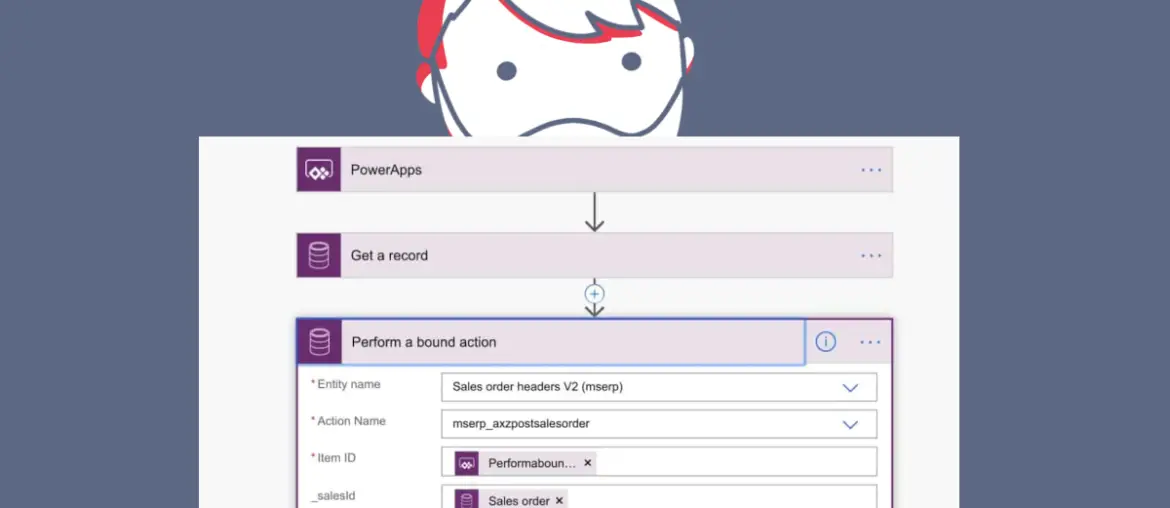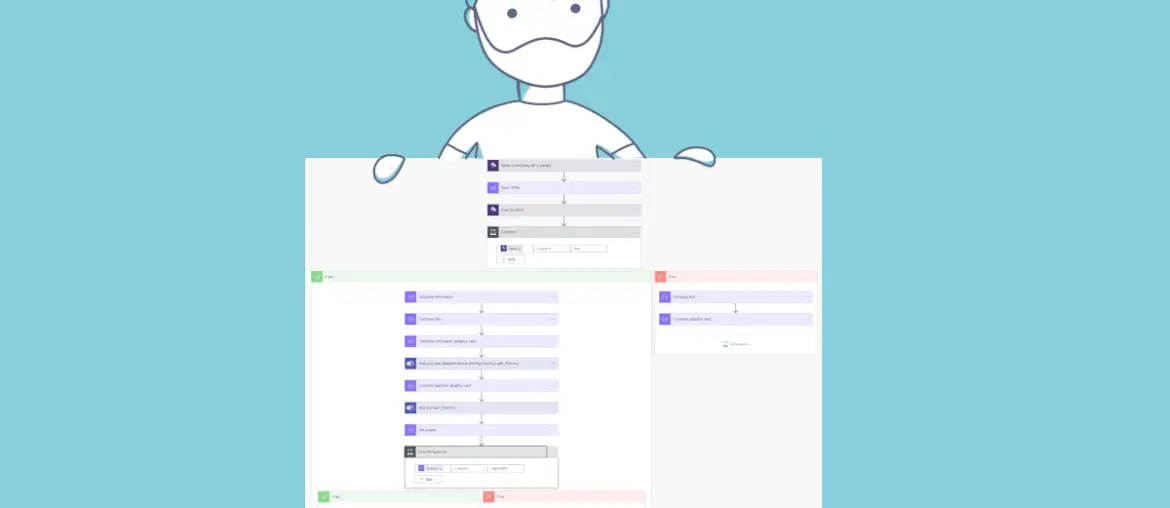Lately I’ve been testing some of the X++ features we can use to extend the Finance and Operations agent in Copilot Studio. One of these features is the X++ AI tools (formerly called AI plugins), which allow us to create Copilot Studio tools that call X++ business logic. Today’s post is a product of my lack of focus and my superpower of ignoring yellow notifications on PPAC. Also, thanks to Jared Hall for the hint…
Today I’m announcing the first part of the new Dynamics 365 ALM guide for Finance and Operations (F&O) is now available!
This guide focuses on the unified development and administration experiences and the significant changes coming in the next few months. I’ve completely rewritten it from scratch, ensuring that all screenshots are up-to-date to make the process easier to follow.
Over time, countless changes have impacted ALM for Dynamics 365. After writing the original ALM posts, I realized it was more efficient to create a new guide rather than amend the old content. Believe me, it’s easier to write from the beginning than reviewing what I already have…
I guess that most of my readers will already be aware of this, as I’ve been spamming LinkedIn with the news: I wrote a book!
The book is called like this post’s title: “Extending Dynamics 365 Finance and Operations Apps with Power Platform”. It covers some practical scenarios where I show how to use Power Apps, Power Automate or AI Builder with F&O data.
It also offers an introduction and overview into the Power Platform integration and F&O: linked environments, Dual-write, Virtual tables, Dataverse, PPAC, etc.
There’s a nice feature in Dynamics 365 F&O that lets us emit notifications when data is changed, created or deleted: the alert framework.
In this post, I will show you how to send the alerts as Business events and send emails notifying the users using a Power Automate flow.
When I was almost done writing this blog post, I found this blog post and video from Scott Gaines where he showed this scenario. Take a look at it for a clearer step-by-step guide: Using Dynamics 365 Finance and Operations Alerts to Trigger Power Automate Flows.
If you’re integrating Dynamics 365 Finance & Operations with 3rd parties, and your organization or the 3rd party one are using a firewall, you might’ve found yourself in the scenario of being asked “which is the production/sandbox IP address?”.
Well, we don’t know. We know which IP it has now, but we don’t know if it will have the same IP in the future, you will have to monitor this if you plan on opening single IPs. This is something Dag Calafell wrote about on his blog: Static IP not guaranteed for Dynamics 365 for Finance and Operations.
So, what should I do if I have a firewall and need to allow access to/from Dynamics 365 F&O or any other Azure service? The network team usually doesn’t like the answer: if you can’t allow a FQDN, you should open all the address ranges for the datacenter and service you want to access. And that’s a lot of addresses that make the network team sad.
In today’s post, I’ll show you a way to keep an eye on the ranges provided by Microsoft, and hopefully make our life easier.
WARNING: due to this LinkedIn comment, I want to remark that the ranges you can find using this method are for INBOUND communication into Dynamics 365 or whatever service. For outbound communication, check this on Learn: For my Microsoft-managed environments, I have external components that have dependencies on an explicit outbound IP safe list. How can I ensure my service is not impacted after the move to self-service deployment?
It’s already that time of the year again, the Dynamics 365 and Power Platform 2023 Release Wave 1 plans have just been released!
The 2023 release wave 1 for Microsoft Dynamics 365 Finance and Operations is focused on improving the development, administration, and user experiences by removing barriers, tightening integrations, and enhancing cross-platform capabilities. This release will bring a range of new features and capabilities that will help improve the performance of the platform and enhance the overall experience for developers, administrators, and end-users.
The features described here are planned to be delivered from April to September 2023.
In a past post, we learned how to create custom data entities to be used in Dual-write.
And now you might be asking yourself, how do I move the Dual-write table mappings to a test or production environment from the development environment? Do I need to repeat everything I’ve done on the dev machine in a Sandbox environment?
Fortunately, we don’t need to do it all manually again, we can use a Dataverse solution to copy the Dual-write table mappings between environments.
If you want to learn more about Dual-write you can:
Dual-write has been around for almost two years now. It’s one of the ways of integrating Dynamics 365 Finance and Operations and Dataverse along with Virtual Entities.
The standard solution comes with many out-of-the-box entities available to synchronize. This has been one of the great improvements since Dual-write was made available in preview, when Juanan and I demoed it in the 2019 Dynamics Saturday in Madrid.
But what if we need to develop a new custom Data Entity in MSDyn365FO and use it in Dual-write? It’s easy but there’s some things we need to remember when doing it.
Since Dynamics 365 for Finance and Operations version 10.0.12 we’ve been able to use FnO (public) data entities as Dataverse Virtual Entities. This will allow us to create model-driven Power Apps for Finance and Operations entities without having to copy data between Finance and Operations and Dataverse. This opens a lot of scenarios and new ways of integrating MSDyn365FO with Customer Engagement.
If you want to learn more about setting up the Virtual Entities for FnO you can:
In today’s post I’m going to use the Power Platform and business events to show you how to take the Microsoft Dynamics 365 Finance and Operations Workflow approvals outside MSDyn365FO.
How? Using business events, power automate and adaptive cards to display nice messages in Microsoft Teams.
If you want to know more about using business events in Dynamics 365 you can check these posts from Juan Antonio Tomás:









